With Saudi Arabia making headline news once again, I thought it was a great time to take a look at the WikiLeaks Saudi Cables release which took place relatively quietly on June 19, 2015. Thus far, 122,619 cables of the more than half a million cables and other documents from the Kingdom of Saudi Arabia Ministry of Foreign Affairs have been released, most of them dating between 2010 and 2015, providing us with a rather intimate look at how the Saudi Royal Family (aka the Saudi dictatorship) functions. Because of its oil producing capabilities, despite its flagrant disregard for human rights, it continues to be regarded as a key Middle East ally by the United States, the United Kingdom and much of the rest of the western world. These documents help us to better understand how Saudi Arabia controls its image on the world's stage, the main thrust of this posting.
From the cables that have been released so far, there is a pattern to how Saudi Arabia and its Royal Family control coverage by the world's media. Saudi Arabia has a strategy of co-opting Arab media using two main methods; neutralization and containment. When the Kingdom receives negative coverage in the regional media, it seeks to neutralize it by having the media outlets that it controls refrain from publishing any news that reflects negatively on the Saudis. When a more proactive approach is needed, the Saudis use the containment approach to put pressure on the media to either sing the Kingdom's praises or attack any party that criticizes them. How can the Saudis gain such control over the media? One method used by the Saudis is the purchasing of hundreds or thousands of subscriptions in targeted newspapers and other publications as shown on this document:
In case you can't read Arabic, here is the English translation by Google Translate:
By purchasing tens of thousands of dollars worth of subscriptions, the Kingdom ultimately becomes a controlling shareholder in the publication. In return for its investments, the Saudis expect (and are granted) positive coverage.
Here is the cable that was sent from the Saudi Ministry of Foreign Affairs to its embassy in Cairo when ONTV in Cairo, Egypt hosted Saudi opposition figure Sa'ad Al-Faqih, a staunch anti-royalist who maintains that the current Saudi leadership has lost its religious legitimacy:
Here is the translation:
Basically, the Saudis wanted the owner of the television station, Mr. Naguib Sawiris to invite the Saudi Ambassador to Egypt to appear on the network to refute the anti-Saudi tone of the original broadcast as you can see in the translation of the responding cable:
Interestingly, the U.S. Treasury accused al-Faqih of being an al-Qaeda affiliate and his name has been addled to the UN 1267 Committee's list of individuals affiliated with al-Qaeda. His name along with the name of his organization, "Movement for Reform in Arabia" were removed on July 2, 2012 by the United Nations Security Council because there was insufficient information to conclude that he was affiliated with al-Qaeda as you can see on this screen capture:
Interestingly, both the United States and Saudi Arabia opposed the removal of his name from the listing. Coincidental?
According to Reporters Without Borders, Saudi Arabia has also hired journalists who were familiar with the German media at a cost of 7500 euros per month to produce reports that have a "positive orientation toward the Kingdom" and that they would pay bonuses to employees of German television stations who either denounced, cancelled or pruned news against the Kingdom as shown in this translated document:
In another case, the Minister of Foreign Affairs recommended paying $10,000 US in "encouragement" to a Professor Salmon who would write an article that responds to unflattering articles about Islamic extremism that were published by the South African media "Islamic Focus" as shown in this translated document:
When either neutralization or containment fail to control the world's media, the Saudis are not afraid to use other techniques. In January 2010, a decree was released by the Foreign Minister to remove Iran's Arabic-language news station Al-Alam from the Riyadh-based satellite operator, Arabsat. When the plan failed, this cable was released showing that the Saudis were attempting to weaken the broadcast signal of its mortal enemy:
As we can see from this brief look at the WikiLeaks cables, the Saudi Royal Family has bottomless pockets when it comes to controlling the world's press. While we all know that governments control their press coverage by one means or another, it is interesting to get a glimpse of how one of the world's most secretive and wealthy regimes controls the media.
Click HERE to read more of Glen Asher's columns
You can publish this article on your website as long as you provide a link back to this page.

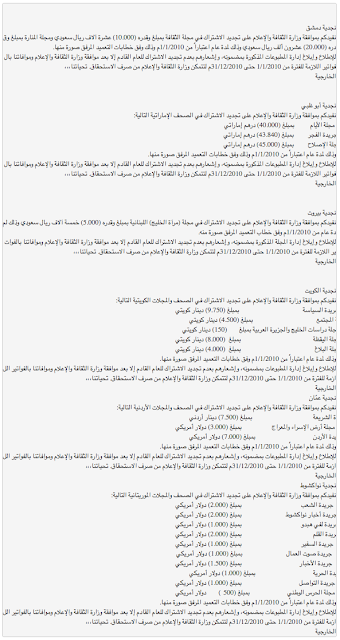

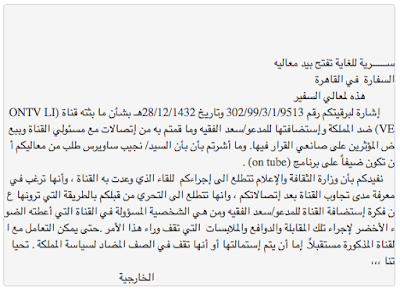
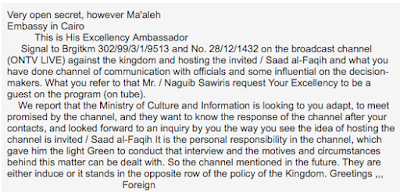
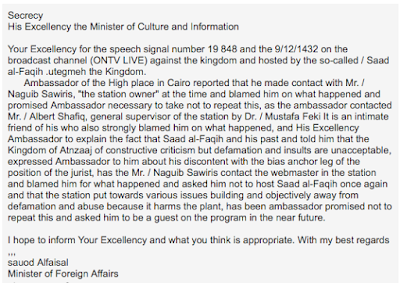
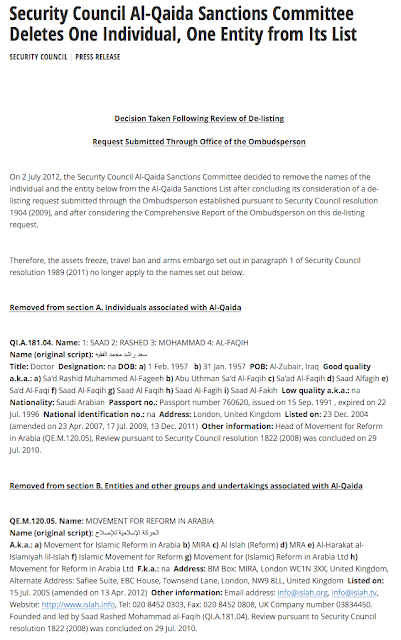
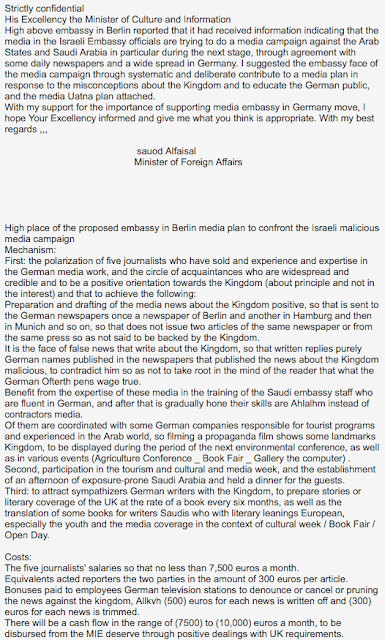
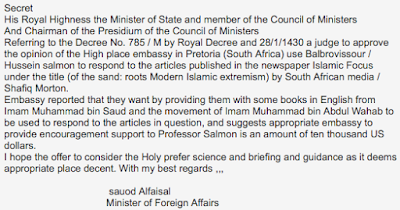
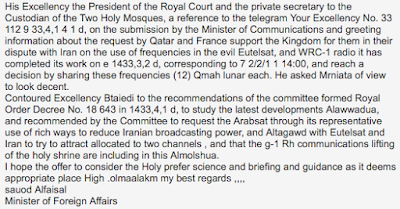
Be the first to comment